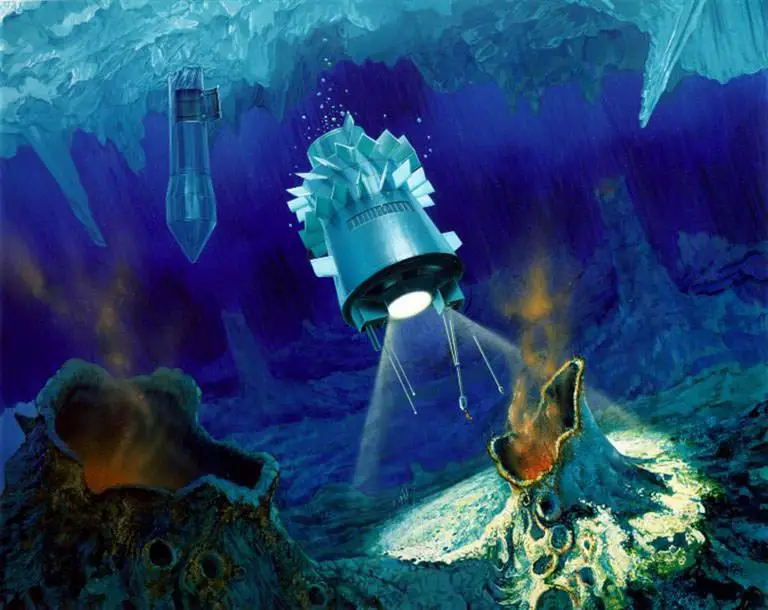Europa's Subsurface Ocean
Beneath Europa's icy exterior lies an ocean potentially larger than all of Earth's combined. This vast aquatic environment, kept liquid by tidal heating from Jupiter's gravitational pull, has sparked scientific interest due to its potential habitability. The ocean's interaction with Europa's rocky core may produce hydrothermal vents, similar to those on Earth where life thrives independent of sunlight.
The Europa Clipper mission aims to investigate this hidden ocean without risking damage from Jupiter's intense radiation. Its suite of instruments includes:
- Cameras
- Radar
- Magnetometer
These tools will help map the moon's surface, probe the ice shell, and study the ocean's characteristics. They will also estimate the ocean's depth and salinity, crucial factors in assessing its potential to support life.
Recent observations suggest phenomena like underwater snow might occur on Europa, similar to processes seen in Earth's Antarctic ocean. This could indicate that Europa's ice is less salty than previously thought, affecting how we calibrate instruments to study the moon's subsurface.
As exploration continues, Europa's vast ocean remains a compelling target in the search for extraterrestrial life, promising answers to fundamental questions about our place in the cosmos.
Europa Clipper Mission
The Europa Clipper mission's primary objective is to determine Europa's habitability by examining its icy shell, subsurface ocean, and the interactions between surface and subsurface environments.
Key instruments aboard the spacecraft include:
- REASON (Radar for Europa Assessment and Sounding: Ocean to Near-surface): This ice-penetrating radar will map the thickness of the ice shell and potentially detect subsurface water bodies.
- Thermal imaging system: Designed to identify heat signatures that might indicate geologic activity or potential plume vents.
- Magnetometer: Measures magnetic fields to provide information about the ocean's salinity and depth.
- Europa Imaging System (EIS): Will capture high-resolution images of the moon's surface, revealing its geology and signs of tectonic activity.
- Spectrometers (MISE and Europa-UVS): These will analyze the chemical composition of Europa's surface and any detected water vapor plumes.
Through these instruments, Europa Clipper will gather comprehensive data to refine our understanding of Europa's potential for harboring life, bringing us closer to answering one of humanity's most profound questions: Are we alone in the universe?
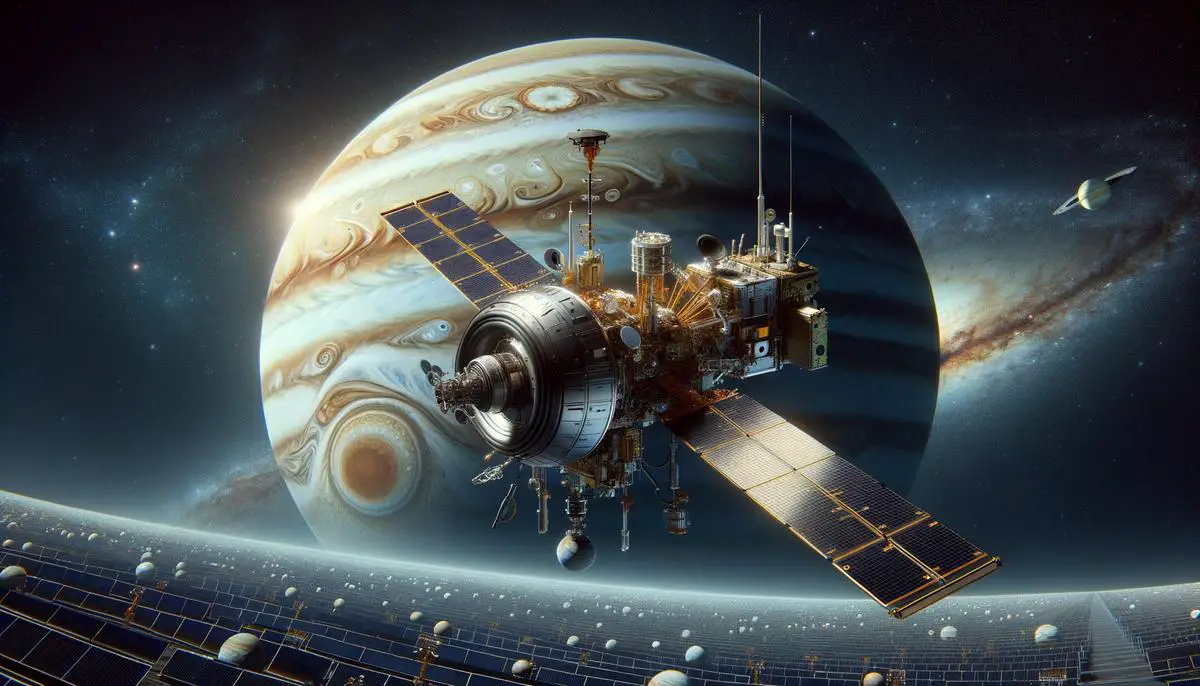
Analogous Earth Environments
Scientists study Antarctica's ice shelves as an Earth analog to Europa's environment. The phenomenon of underwater snow—ice that forms beneath ice shelves—provides insights into potential processes on Europa.
This Antarctic ice formation is relatively pure, suggesting that if similar mechanisms exist on Europa, its ice shell could be less saline than previously thought. This insight is crucial for calibrating Europa Clipper's instruments, particularly its radar, to accurately measure the ice shell's thickness and properties.
By studying Earth's polar dynamics, researchers can better understand the potential interactions between Europa's icy surface and its subsurface ocean. These comparisons help scientists predict how tidal flexing caused by Jupiter's gravity might facilitate the exchange of materials between Europa's surface and its ocean depths.
The study of Earth's polar regions thus serves as a valuable tool in unraveling the mysteries of Europa's potential habitability, demonstrating how terrestrial science can inform our understanding of distant worlds.
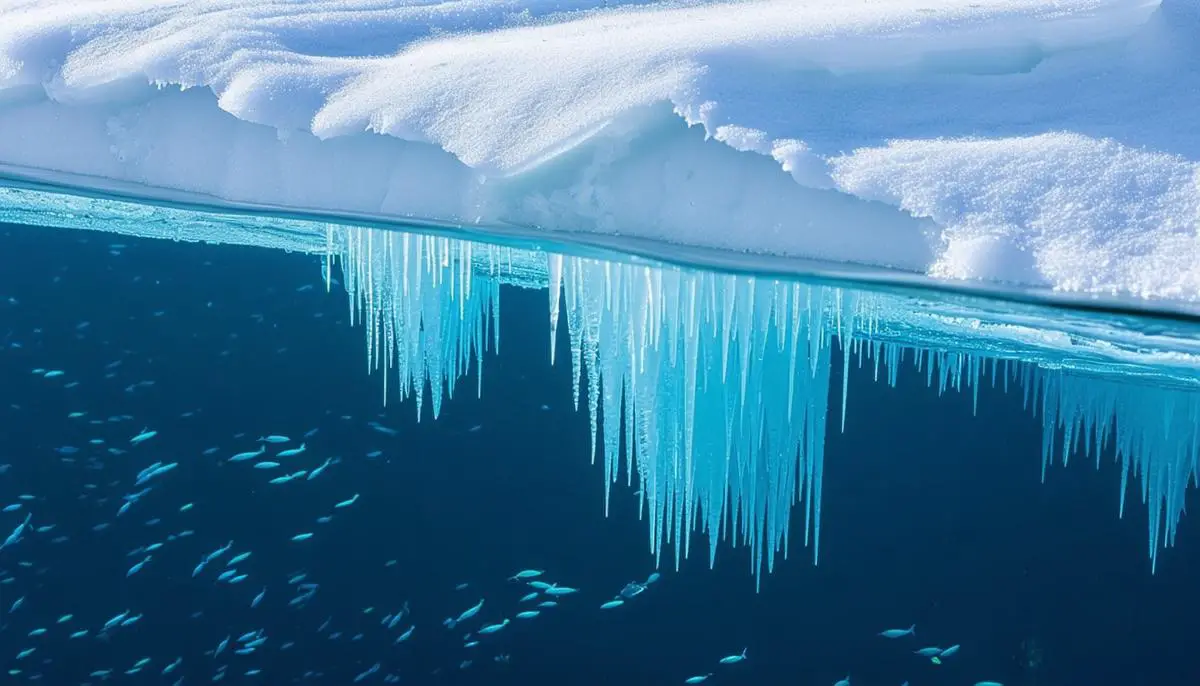
Technological Challenges and Innovations
Exploring Europa's hidden ocean presents significant technological challenges, primarily due to the moon's harsh radiation environment. The Europa Clipper mission addresses this by housing its sensitive instruments in a protective aluminum vault.
Future missions aiming to explore beneath Europa's ice will face additional hurdles:
- Communication: Maintaining clear signals through Europa's electromagnetic interference and thick ice layer will require innovative solutions, possibly involving relay systems or autonomous operation.
- Autonomous Underwater Vehicles (AUVs): Engineers are developing miniaturized AUVs capable of operating in high-pressure, low-temperature environments without direct human control.
- AI-augmented intelligence: These vehicles will need advanced AI to make real-time decisions and conduct research independently.
- Miniaturization: Compact yet robust designs are essential to withstand extreme pressures while carrying necessary scientific instruments.
- Ice penetration: Technologies for melting through miles of ice are being tested in Antarctica, providing valuable insights for potential Europa missions.
These technological advancements not only serve the exploration of Europa but also contribute to broader space exploration efforts, pushing the boundaries of human knowledge and capability.
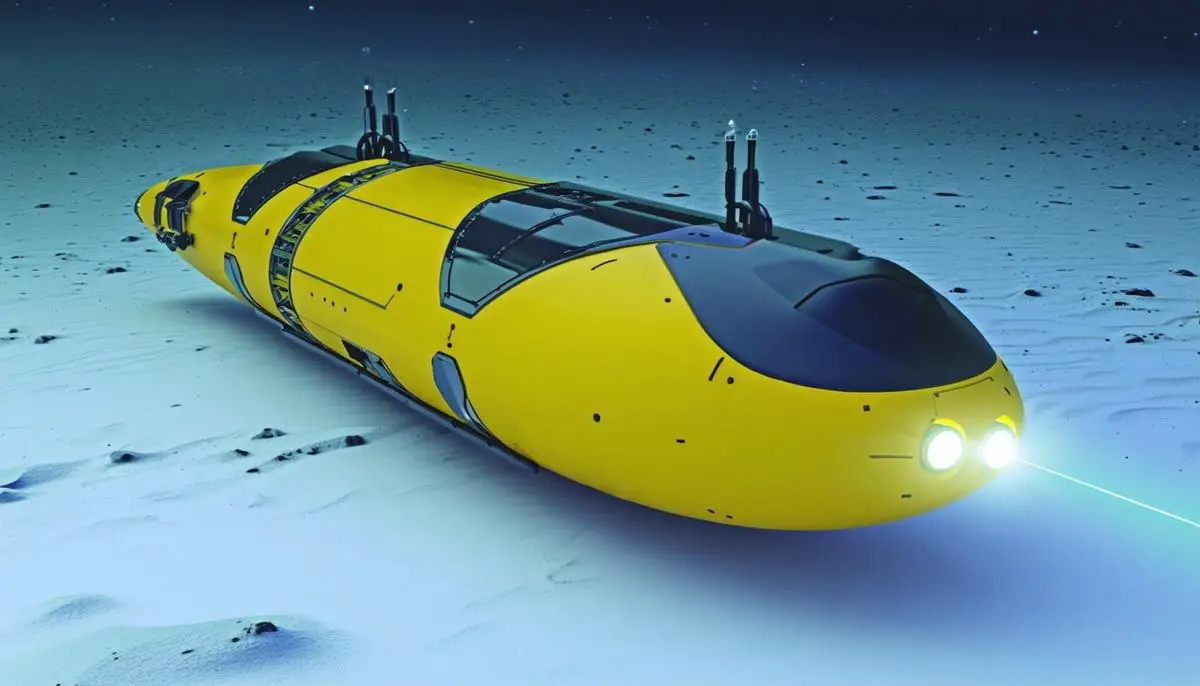
Future Exploration and Potential Discoveries
Future Europa exploration may include landers designed to analyze the moon's surface composition, providing insights into its geological and potentially biological signatures. These missions could offer clues about oceanic conditions without needing to breach the ice shell.
More ambitious plans involve deploying microscopic submarines to explore Europa's subsurface ocean directly. These advanced AUVs would investigate:
- Seafloor interactions
- Hydrothermal vent systems
- Water chemistry
- Potential biosignatures
Such missions could also examine "chaos terrains"—areas where surface ice appears disturbed—to understand how the ocean interacts with the ice above.
By integrating data from various mission types, scientists aim to build a comprehensive picture of Europa's habitability. These explorations have the potential to transform our understanding of life's possibilities in the solar system and beyond, offering new perspectives on the conditions necessary for life to emerge and thrive.
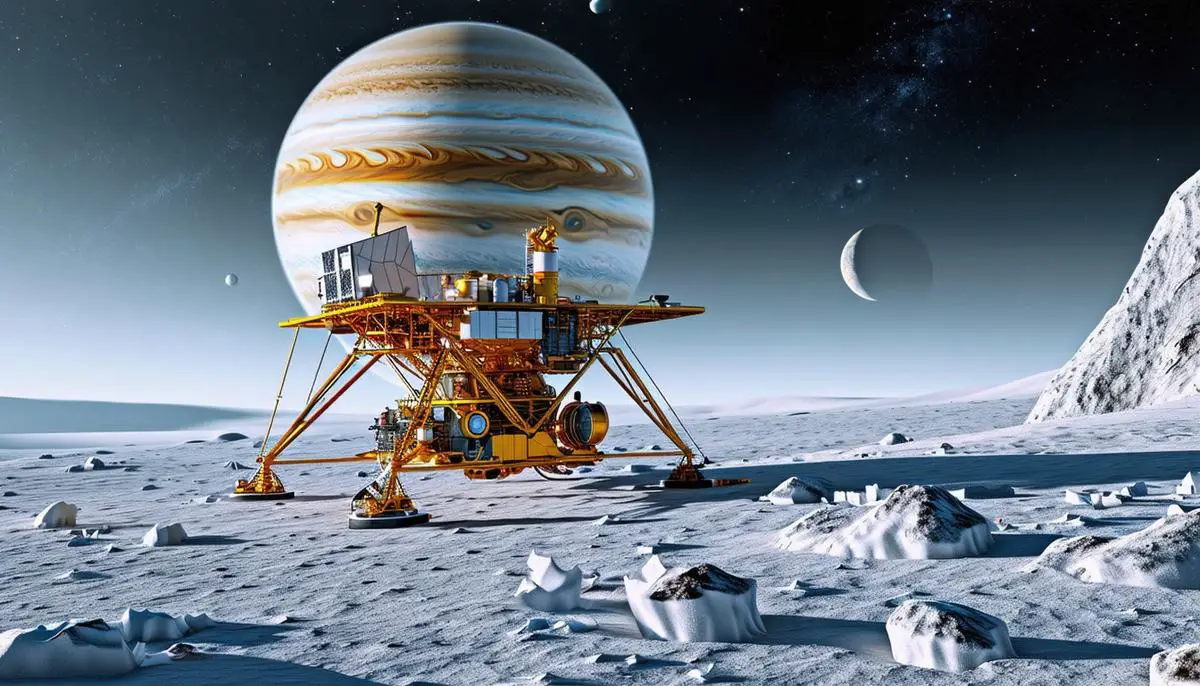
As we continue to explore Europa, each discovery brings us closer to understanding the potential for life beyond Earth. This ongoing quest not only advances our scientific knowledge but also challenges us to push the boundaries of technology and human ingenuity, opening new frontiers in our cosmic neighborhood.
- McKinnon W. Europa Clipper mission to investigate Jupiter's icy moon Europa. Washington University in St. Louis. 2023.
- Hand KP, Chyba CF, Priscu JC, et al. Astrobiology and the potential for life on Europa. In: Pappalardo RT, McKinnon WB, Khurana KK, eds. Europa. University of Arizona Press; 2009:589-629.
- Blankenship DD, Young DA, Moore WB, Moore JC. Radar sounding of Europa's subsurface properties and processes: The view from Earth. In: Pappalardo RT, McKinnon WB, Khurana KK, eds. Europa. University of Arizona Press; 2009:631-654.
- Wolfenbarger N, Blankenship DD, Soderlund KM, Dombard AJ. Europa's ice shell structure and dynamics: New insights from terrestrial analogs. Astrobiology. 2022.
![]()
